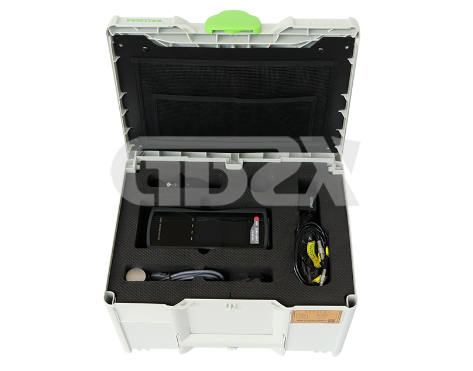NEWSnews
The importance of ZXPD-200T series partial discharge detector
Partial discharge (PD) detection is critical for predictive maintenance in power systems, enabling early identification of insulation degradation in high-voltage equipment. The ZXPD-200T series PD detector offers a versatile, non-invasive solution tailored for diverse electrical assets. This article provides a technical deep dive into its capabilities, contrasting it with conventional PD detection methodologies and highlighting its advancements in multi-sensor integration, diagnostic precision, and field adaptability.
1. Multi-Sensor Flexibility: Bridging Detection Gaps
The ZXPD-200T supports TEV, UHF, AE, AA, and external sensors, addressing limitations of single-modality detectors.
TEV (3–100 MHz): Optimized for switchgear and ring main units, its ±1 dB accuracy outperforms legacy TEV systems (typical ±2–3 dB), resolving low-energy surface discharges in metal-clad equipment.
UHF (300–2000 MHz): With a 0–60 dBm dynamic range, it detects GIS and cable PD signals with reduced noise interference compared to narrowband UHF detectors.
Acoustic Sensors (AA/AE): The 40 kHz AA and 20–200 kHz AE sensors enable precise localization of discharges in dry-type transformers and overhead lines, overcoming the blind spots of contact-based ultrasonic detectors.
Comparative Advantage: Traditional PD systems often require separate instruments for TEV, UHF, and acoustic measurements. The ZXPD-200T’s unified platform reduces operational complexity and cost.
2. Wide-Bandwidth Analysis vs. Conventional Pulse Methods
The ZXPD-200T operates across 30 kHz–2.0 GHz, capturing both high-frequency UHF signals and low-frequency acoustic emissions. This contrasts sharply with pulse-current methods (IEC 60270), which are limited to ≤1 MHz and require offline testing with high-voltage sources.
PRPD/PRPS Mapping: Its ability to generate phase-resolved patterns (PRPD/PRPS) aids in distinguishing corona, voids, and surface discharges—a feature absent in basic RMS-based detectors.
Real-Time Trending: The 4-inch display visualizes discharge intensity (dBmV) and pulse counts (up to 1,400/cycle), enabling on-site differentiation between intermittent and sustained faults.
3. Field Performance: Portability vs. Stationary Systems
Weighing 0.4 kg with 6-hour battery life, the ZXPD-200T eliminates dependency on grid power—a stark contrast to benchtop PD analyzers (e.g., HV impulse generators). Key hardware advantages:
Non-Intrusive Design: Unlike HV-coupled methods, it requires no disassembly, reducing outage time.
Wireless Synchronization: Enables multi-point PD correlation in substations, addressing phase-sync challenges in distributed systems.
4. Data Diagnostic Depth: Beyond Threshold Alarms
While conventional detectors trigger alarms at fixed dB thresholds, the ZXPD-200T’s analytics suite provides:
Trend Analysis: Tracks historical PD levels (TEV: 0–60 dBmV; AE: -6–68 dBμV) to identify accelerating insulation failure.
Cross-Asset Benchmarking: Compares PD patterns across transformers, cables, and GIS using standardized dB scales, reducing expertise dependency.
5. Limitations and Industry Benchmarks
Bandwidth Trade-offs: The UHF range (300–2000 MHz) may miss sub-300 MHz signals critical for certain cable joints. Dedicated HFCTs or VHF sensors are recommended for cable-specific applications.
Battery vs. Continuous Monitoring: Its 6-hour runtime suits spot checks but falls short of permanent monitoring systems.
The ZXPD-200T redefines PD diagnostics by merging multi-physics sensing, wideband analysis, and field portability. For utilities transitioning from reactive to predictive maintenance, it offers a cost-effective upgrade over single-function detectors while avoiding the logistical burdens of IEC 60270-compliant systems. Its limitations in permanent monitoring are mitigated by rapid survey capabilities, making it indispensable for aging infrastructure resilience.
GDZX is a manufacturer of power detection equipment, offering a diverse range of products with comprehensive models and providing professional technical support. Contact us at +86-27-6552607 or +86-17396104357.Website: http://en.gdzxdl.com/






















